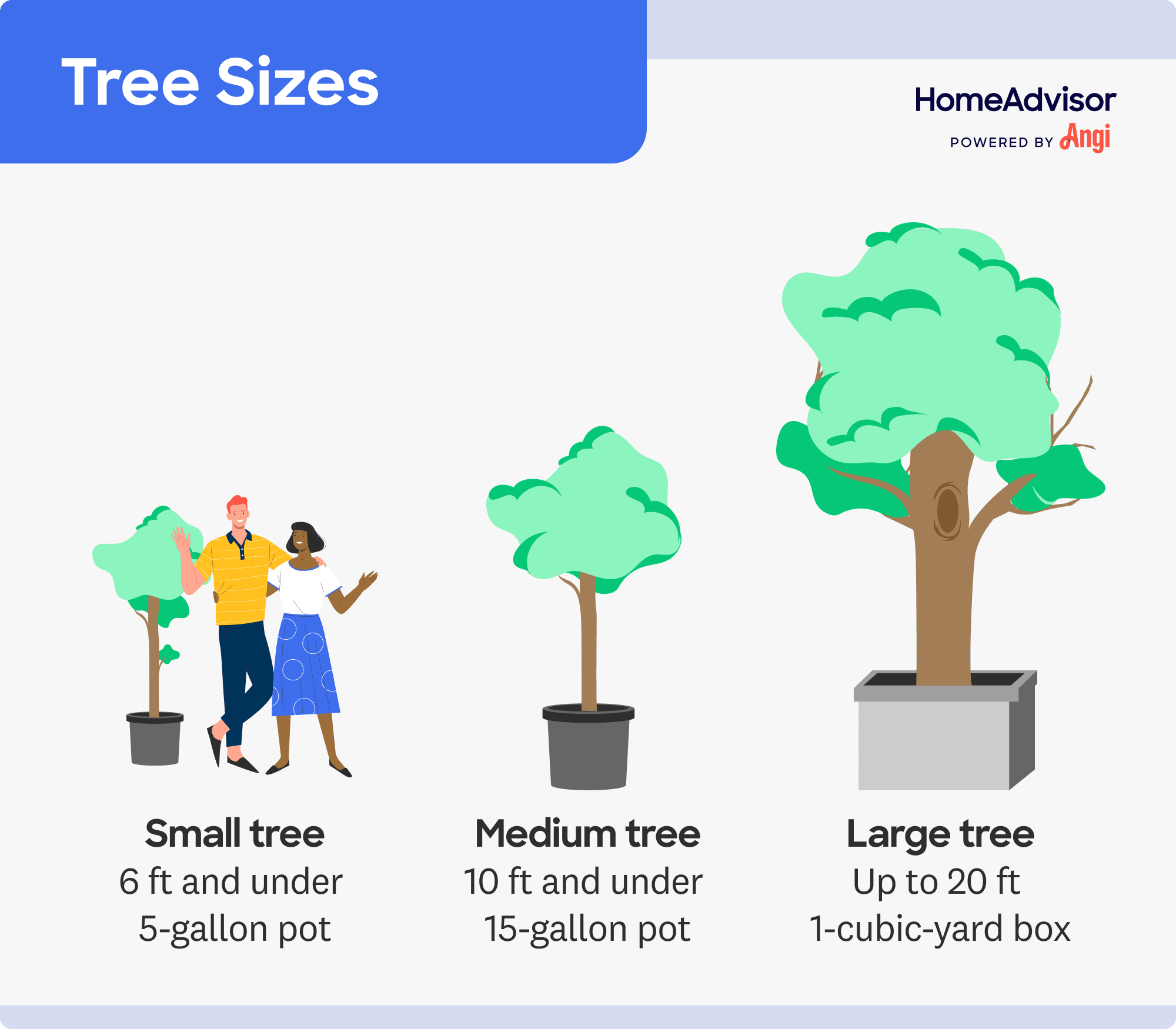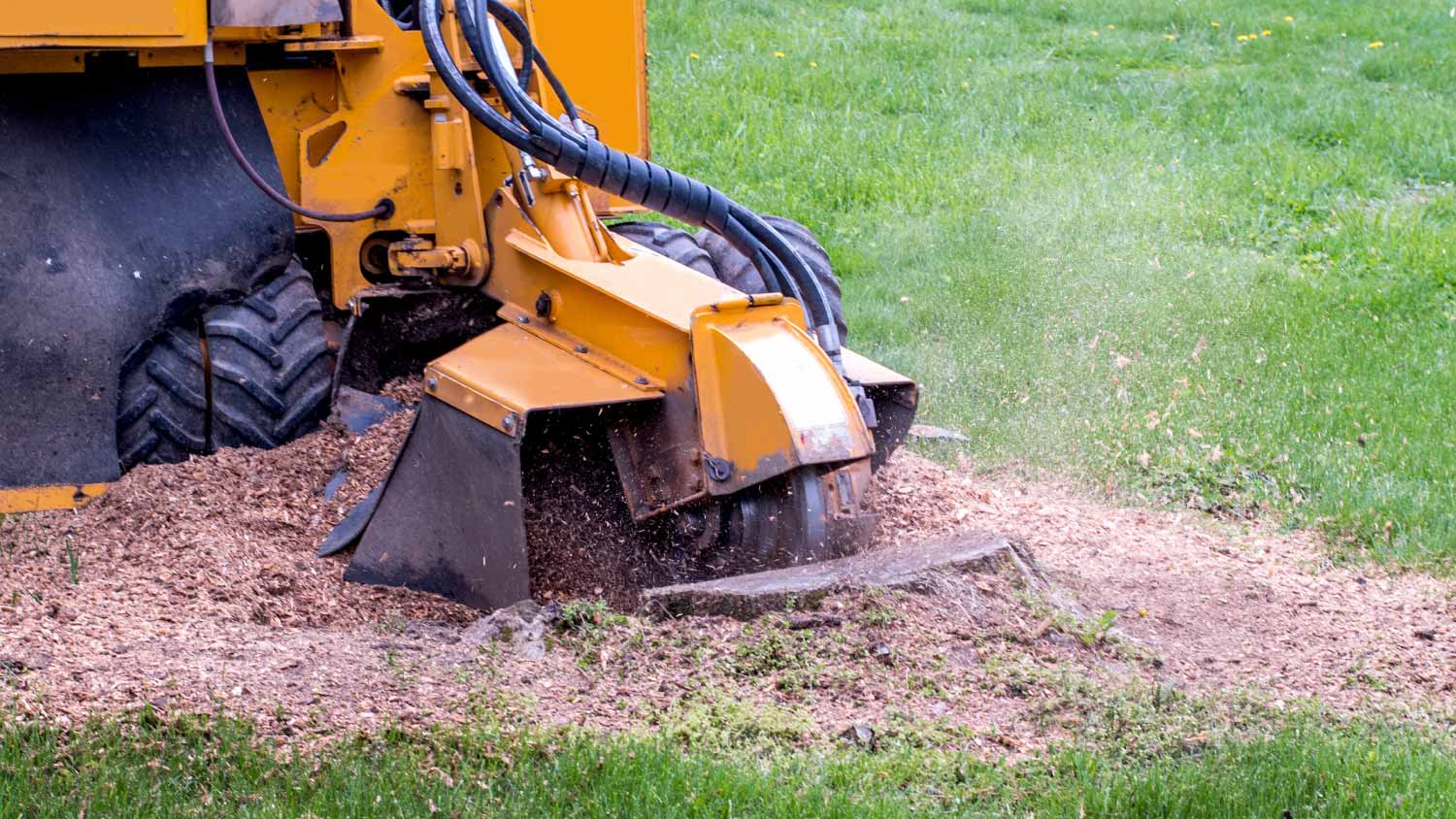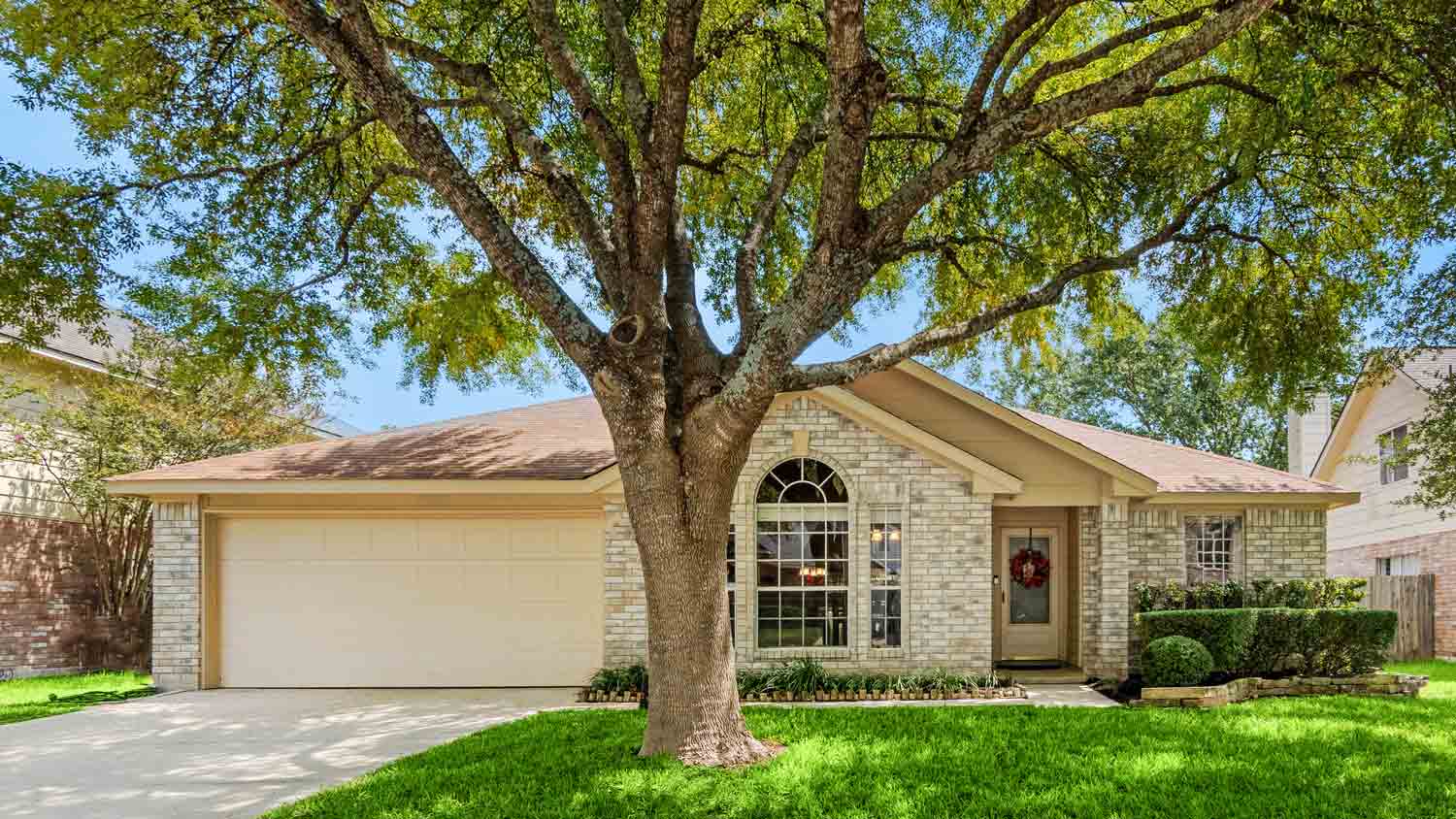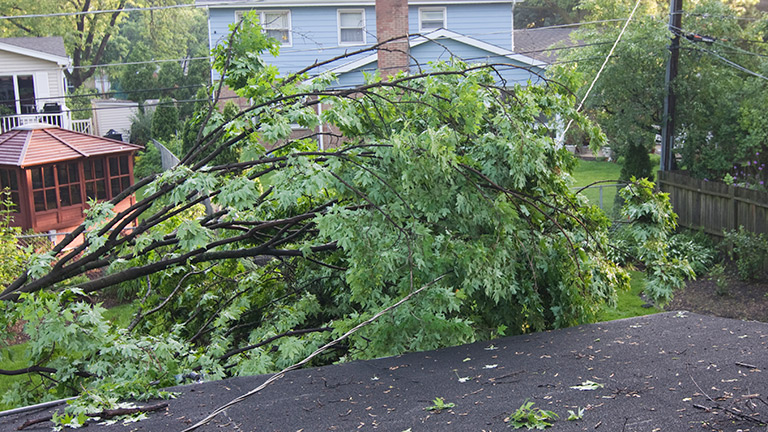
Learn how to budget for tree stump removal, exploring how factors such as the stump size, root system, and removal method affect your final bill.
Tree removal costs an average of $750


Average tree removal costs range from $200 to $2,000, with most projects averaging $750.
Depending on the size of the tree, you could pay as little as $150 or up to $10,000 or more.
Cost factors include tree size and condition, species, accessibility, and related services.
This article was updated using automation technology and thoroughly reviewed for accuracy by HomeAdvisor Editor Ryan Noonan.
On average, tree removal costs $200 to $2,000 with an average of $750. A pro will factor in the tree’s size, species, and location when preparing your quote, and professional service keeps you—and your property—safe. Every yard is different, so gather quotes from at least three local tree-removal pros to nail down an exact price for your project.
How much you’ll pay to remove your tree depends on a variety of factors. Here’s a closer look at how your total breaks down.

As a rule of thumb, the taller the tree, the bigger the bill. Here’s what you’re likely to pay at each height:
| Height (Feet) | Average Cost |
|---|---|
| Up to 30 | $150–$450 |
| 30–60 | $450–$1,200 |
| 60–80 | $800–$1,500 |
| Over 80 | $1,000–$2,000 |
Once a tree tops 80 feet, your crew will likely bring in a crane—a $500 line item ($250–$600 per day). That extra machinery can push a complex job to $6,000–$7,000.
If a tree is rotted, leaning, or neglected, your team may need to rig extra supports before they start cutting. A local arborist has specialized training in tree health and should inspect sick trees. Expect to pay $860 for an arborist’s visit. They'll inspect leaning or diseased trees before removal to determine how to cut them down. Factors affecting the condition include:
History: Construction or landscaping near the roots can affect stability.
Lean: A significant trunk lean indicates serious stability problems.
Multiple trunks: Weakly attached trunks can crack and fall.
Weak branches: Tight V-shaped connections increase breakage risk.
Diseases and decay: Cavities and rot compromise structural integrity.
Species matter. Towering ash, oak, or maple trees can stretch past 100 feet and cost more to take down. Once you identify your tree type, you’ll have a clearer idea of the bill.
| Tree Type | Average Cost |
|---|---|
| Pine | $250–$1,500 |
| Palm | $650–$1,500 |
| Oak | $200–$2,000 |
| Cedar | $250–$1,500 |
| Ash | $250–$1,800 |
| Maple | $250–$2,000 |
| Aspen | $1,000–$1,800 |
| Japanese Knotweed | $2,000–$10,000 |
A tricky location can add 25% to 50% to the price tag. Trees near structures or power lines require special equipment and precautions. Pros may charge extra travel or mileage fees, costing $50 to $200 if you live outside their service area. Here are some accessibility factors to keep in mind:
Branches near structures must be lowered by rope.
Densely packed trees complicate removal.
Clearing fences and obstacles can improve access.
When a storm drops a tree on your roof, you can’t wait. Emergency removal can run as high as $5,000, and rates spike after big storms when crews are in high demand. Check your homeowners' insurance first—your policy may cover part of the bill.
Need several trees gone? Many pros switch to per-acre pricing. You’ll pay anywhere from $500 to $6,000 per acre for tree removal, up to $2,500 for a lightly wooded acre, and over $6,000 for a very densely wooded one.
Depending on the size of your tree, you may need a permit. Budget $60 to $150 for permit fees. You may need to pay an arborist to provide a report as part of the permitting process.
Homeowners often tack on these extras:
The cost to remove a tree stump is rarely included in the quote. Pulling the stump out completely runs $100 to $150. Stump grinding mulches the stump for $120 to $500.
A tree that’s already down is simpler to handle—expect $75 to $150, plus any hauling fees.
If debris is left behind, you may incur these costs:
Chipping: $95
Log splitting: $70 per tree
Debris hauling: $70
Transplanting a tree runs $400 to $750 for a small specimen and $700 to $5,000 for medium to large ones.
Consider these cost saving strategies to make your tree removal project more wallet-friendly:
Clean post-removal debris yourself to cut back on labor costs and hauling fees.
Consider removing more than one tree at a time, as many pros will charge less per tree if they’re working on multiples.
Get detailed quotes from at least three local tree removal pros to ensure competitive pricing.
No place is more important than your home, which is why HomeAdvisor connects homeowners with local pros to transform their houses into homes they love. To help homeowners prepare for their next project, HomeAdvisor provides readers with accurate cost data and follows strict editorial guidelines. After a project is complete, we survey real customers about the costs to develop the pricing data you see, so you can make the best decisions for you and your home. We pair this data with research from reputable sources, including the U.S. Bureau of Labor Statistics, academic journals, market studies, and interviews with industry experts—all to ensure our prices reflect real-world projects.
From average costs to expert advice, get all the answers you need to get your job done.

Learn how to budget for tree stump removal, exploring how factors such as the stump size, root system, and removal method affect your final bill.

Who will pick up stump grindings? See if a stump removal or landscaping service handles cleanup and what to confirm before you hire

Wondering who to call to grind a stump? Learn whether a stump removal company or tree removal service should handle your stump grinding—start here

Who to call for a sick tree? Learn when to hire an arborist or tree maintenance pro and what a diagnosis may cost. Start here

Who do you call for a tree on a power line? Learn when to call the utility company vs. a tree removal service and see how pros handle it